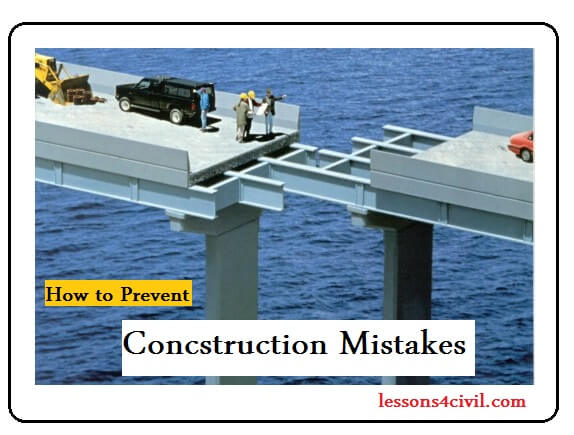Mistakes in Civil Engineering
Defects in construction
We all know humans are not immune of making mistakes. Throughout our video coarse, whenever I find the opportunity I try to introduce some common mistakes hoping other engineers do not make them again. In this article, construction defects are categorized and discussed briefly. Generally there are 3 sources of defect including :
• Inappropriate design
• Bad quality of materials
• Workmanship mistakes
While some mistakes can be detected by inspection, others are so hidden that might remain unrecognized for years after completion of project. Wrong foundation design, for example, usually becomes problematic after several years.
Regardless of the legal procedure of finding the guilty constructors and designers, this article is aimed to remark some simple ideas to eliminate, or at least reduce the possibility of defect occurrence.
Inappropriate design
Never ever use any unreliable tutorial. I strongly believe many mistakes of beginners stem from considering a bad-performed tutorial as a reference. If you surf on internet, you can find lots of tutorial recorded by occasional user. At least a proportion of them contain obvious errors or lacks comprehensiveness. Always start with the user manual or alternatively an integrated coarse produced by a ream of professional tutors.
Wrong material properties
The model simulated by a professional designer is based on some material properties. So if the properties of actual materials is different, the response of the structure will not be according to predictions. In building construction, sufficient sampling and conducting laboratory tests can ensure that the materials are correct. For geo-technical projects, soil properties must be reported based on a vast soil investigation operation. However soil investigation is usually expensive, but never try to save money by limiting it.
Workmanship mistakes
Employing trained, skillful workers can improve the accuracy of construction. Inspectors and supervisors must check the construction process continuously and strictly. The overall responsibility of any damage to the project is on engineers, so do not be afraid to be strict about regulations on field.
[wp_sitemap_page]



Comments